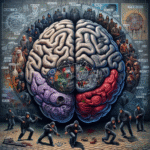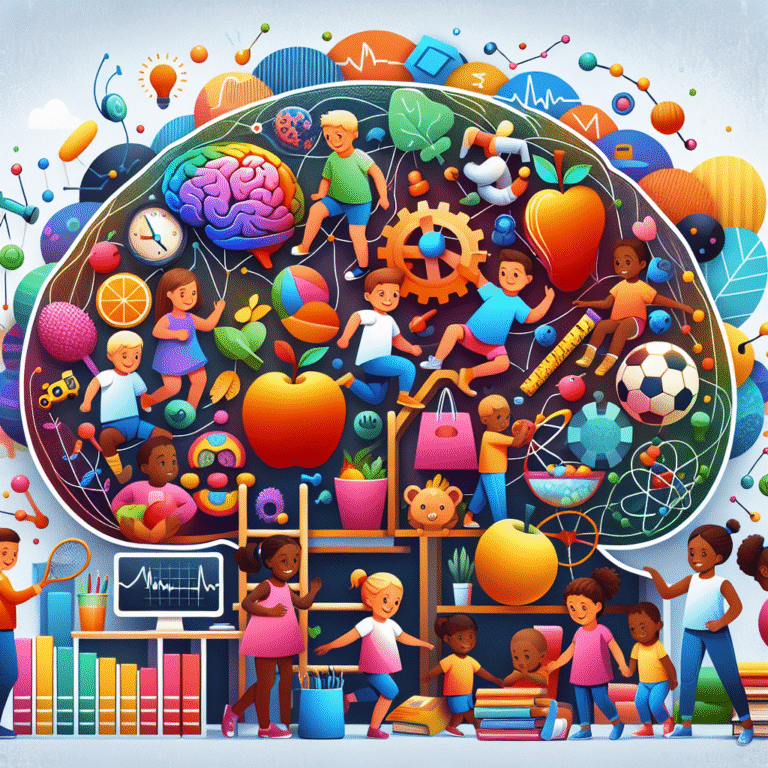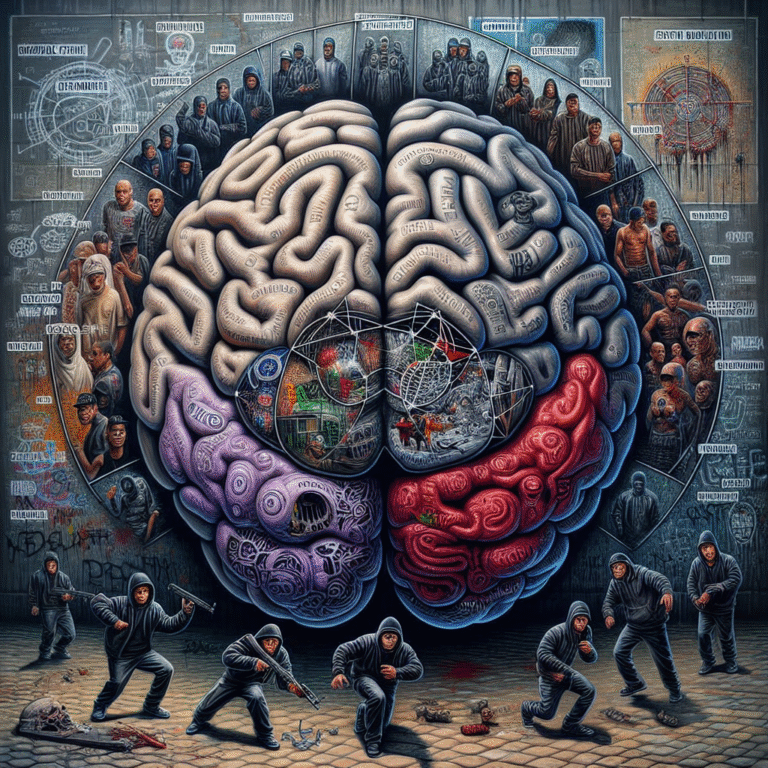
Behaviorism and Cognition: A Battle of Theories in Understanding Human Behavior
Introduction
In the realm of psychology, theories abound, each vying for prominence in explaining the complexities of human behavior. Among these, two of the most influential schools of thought are behaviorism and cognition. The relationship between these two theories can be likened to a robust competition, each offering unique insights into what makes us tick. This article dives deep into the intricacies of behaviorism and cognition: a battle of theories in understanding human behavior, unpacking their principles, applications, and ongoing relevance in contemporary psychology.
Understanding how we learn, adapt, and interact with the world around us has profound implications for education, mental health, and beyond. The exploration of behaviorism and cognition forms the backbone of this understanding, shedding light on the nature of motivation, emotion, and thought processes in human beings. As we navigate through this battle of theories, we aim to discover not only the differences that define them but also the avenues through which they can coexist and complement one another.
The Foundation of Behaviorism
What is Behaviorism?
Behaviorism emerged in the early 20th century, predominantly through the pioneering work of John B. Watson and later, B.F. Skinner. It posits that human behavior can be understood entirely through observable actions and environmental stimuli, sidelining thoughts, feelings, and internal phenomena. The foundational principle can be summarized through the concept of conditioning—where behaviors are learned through reinforcement or punishment.
Key Principles of Behaviorism
- Observable Behavior: Focus on measurable, observable behaviors rather than internal processes.
- Conditioning: Divided into classical conditioning (Pavlov’s dogs) and operant conditioning (Skinner’s box).
- Reinforcement and Punishment: Positive and negative stimuli shape behavior alteration.
Case Study: Pavlov’s Dogs
Ivan Pavlov’s experiments with dogs exemplify behaviorism’s principles. He showed how a neutral stimulus (a bell) could elicit a conditioned response (salivation) when paired repeatedly with an unconditioned stimulus (food). This foundational example showcases how behaviorism focuses on external factors influencing behavior.
Understanding Behavior in Real Life
Behaviorist concepts find applications in various fields such as education, therapy, and behavior modification. For instance, token economies in classrooms reward students for positive behaviors, illustrating behaviorism’s practicality in real-world scenarios.
The Cognitive Revolution
What is Cognition?
In contrast, the cognitive revolution that took flight during the mid-20th century focused on the mind’s processes—the thoughts, memories, and perceptions that inform behavior. Cognition poses that understanding human behavior necessitates examining internal mental states alongside external actions.
Core Concepts of Cognitive Theory
- Information Processing: The human mind is likened to a computer, processing information from the environment.
- Mental Representation: Thoughts and cognitive schemas influence how we interpret experiences.
- Problem Solving and Decision Making: Emphasis on how cognitive processes drive decision-making and learning.
Case Study: The Stroop Effect
One compelling case in cognitive psychology, known as the Stroop Effect, highlights the interaction between cognition and behavior. When individuals are asked to name the color of the ink of color words that are printed in differing colors (e.g., the word "red" printed in blue ink), they experience a delay in response time. This case underscores the complexities of cognitive processes and their impact on behavior.
The Application of Cognitive Theories
Cognitive theories have been pivotal in developing interventions for mental health issues, such as cognitive-behavioral therapy (CBT), which blends cognitive and behaviorist approaches to treat conditions like anxiety and depression.
Behaviorism and Cognition: Points of Divergence
Analyzing behaviorism and cognition reveals some significant disparities in their foundational assumptions.
| Aspect | Behaviorism | Cognition |
|---|---|---|
| Focus | Observable behavior | Mental processes |
| Methodology | Experimental and observational | Information processing |
| Learning Mechanism | Conditioning | Active information retrieval |
| Role of Emotions | Minimal focus | Central to understanding behavior |
| Application | Behavioral modification | Problem-solving and therapy |
These points of divergence set the stage for the ongoing debate about which theory holds greater weight in understanding human behavior.
The Complementary Nature of Behaviorism and Cognition
While behaviorism and cognition may seem at odds, they also hold the potential for integration. Rather than viewing them as competing schools of thought, recognizing their complementary nature is vital to advancing our understanding of human behavior.
Bridging the Gap: Cognitive Behavioral Theory
Cognitive Behavioral Theory (CBT) exemplifies a synthesis of behaviorist and cognitive approaches, demonstrating that behavior can be influenced by cognitive processes, and vice versa. In therapy, cognitive distortions (misinterpretations of reality) can lead to maladaptive behaviors, while behavior change can facilitate new cognitive patterns.
Case Study: CBT in Practice
Consider an individual overcoming social anxiety through CBT. By employing behaviorist strategies (exposure to feared social situations) alongside cognitive reframing (challenging negative thoughts about social interactions), the individual experiences an improvement in functioning. This case illustrates the efficacy of integrating both theories in real-life applications.
Real-World Applications of Behaviorism and Cognition
In Education
Understanding how behaviorism and cognition inform educational strategies can create robust learning environments. Behaviorist techniques, such as positive reinforcement, can encourage student engagement, while cognitive strategies that promote critical thinking and problem-solving skills enhance curriculum depth.
In Mental Health Treatment
Developing interventions rooted in both behaviorism and cognition has proven effective across various disciplines, especially in psychology and psychiatry. The integration of these theories aids in creating comprehensive treatment plans that accommodate a diverse range of client needs.
In Work Environments
Behaviorist principles are applied in workplace settings through incentive structures to boost productivity. Conversely, training programs that incorporate cognitive strategies can develop problem-solving skills, fostering an innovative workplace culture.
Conclusion
Behaviorism and cognition represent a fascinating battle of theories in understanding human behavior. Each provides powerful insights into the factors that influence our actions and feelings. While they originate from different philosophical underpinnings, the collaboration between these theories opens doors to effective applications in education, therapy, and professional development.
As we navigate the complexities of human behavior, embracing the strengths of both behaviorism and cognition equips us with a more comprehensive toolkit for understanding ourselves and others. In the end, knowing how to balance these perspectives enriches our journey toward personal and collective growth, making the study of these theories not just an academic endeavor, but a crucial pathway to enhancing our lives and those around us.
FAQs
1. What is the main difference between behaviorism and cognition?
Behaviorism focuses on observable behaviors and the influence of external stimuli, while cognition emphasizes internal mental processes and how they influence behavior.
2. How can both theories be applied in mental health treatment?
Cognitive-behavioral therapy (CBT) blends principles from both theories to treat various mental health conditions by addressing thought patterns and behavior simultaneously.
3. Are behaviorism and cognition mutually exclusive?
No, they are not mutually exclusive. Many contemporary approaches in psychology integrate aspects of both theories to provide a more well-rounded understanding of human behavior.
4. Can behaviorism be applied in educational settings?
Yes, behaviorism is commonly used in educational environments through techniques like positive reinforcement and structured reward systems to encourage desired behaviors among students.
5. What implications do these theories have for understanding motivation?
Both theories contribute uniquely to understanding motivation—behaviorism through the lens of external rewards and consequences, and cognition by exploring intrinsic motivations and cognitive evaluations.
By effectively tapping into the dynamic interplay between behaviorism and cognition, it’s possible to not just understand human behavior but actively shape it for positive outcomes. Whether in education, therapy, or daily interactions, leveraging these insights can empower individuals to thrive in a complex world.















